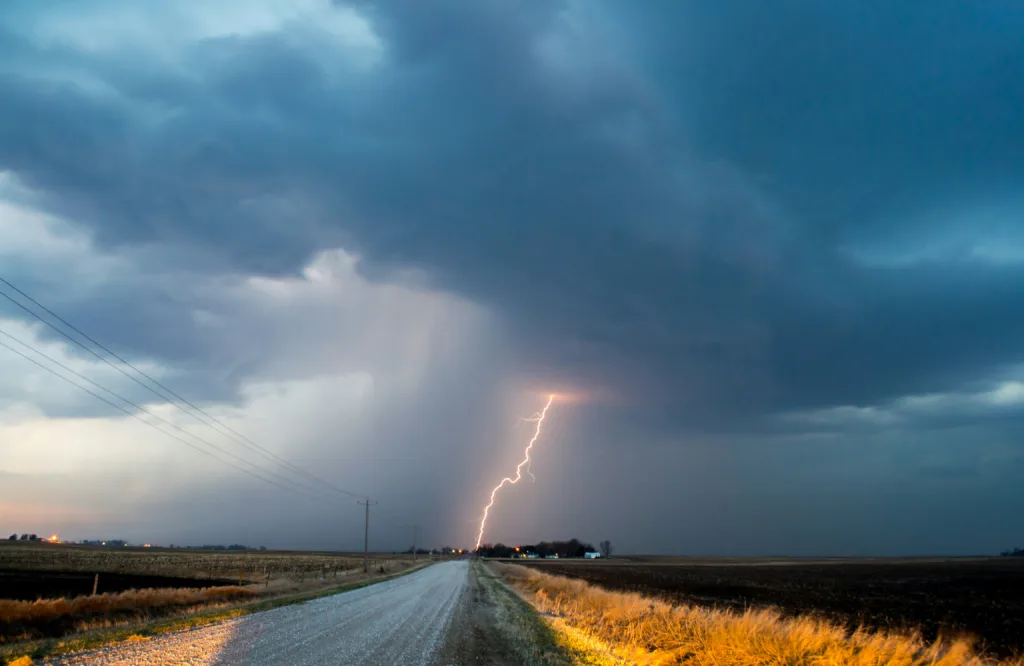The Enigmatic Dance of the Northern Lights
Introduction: The Northern Lights, also known as aurora borealis, have captivated human imagination for centuries. These mesmerizing displays of light dancing across the Arctic skies have inspired folklore, scientific inquiry, and artistic expression. In this article, we delve into the beauty, science, and cultural significance of the Northern Lights.
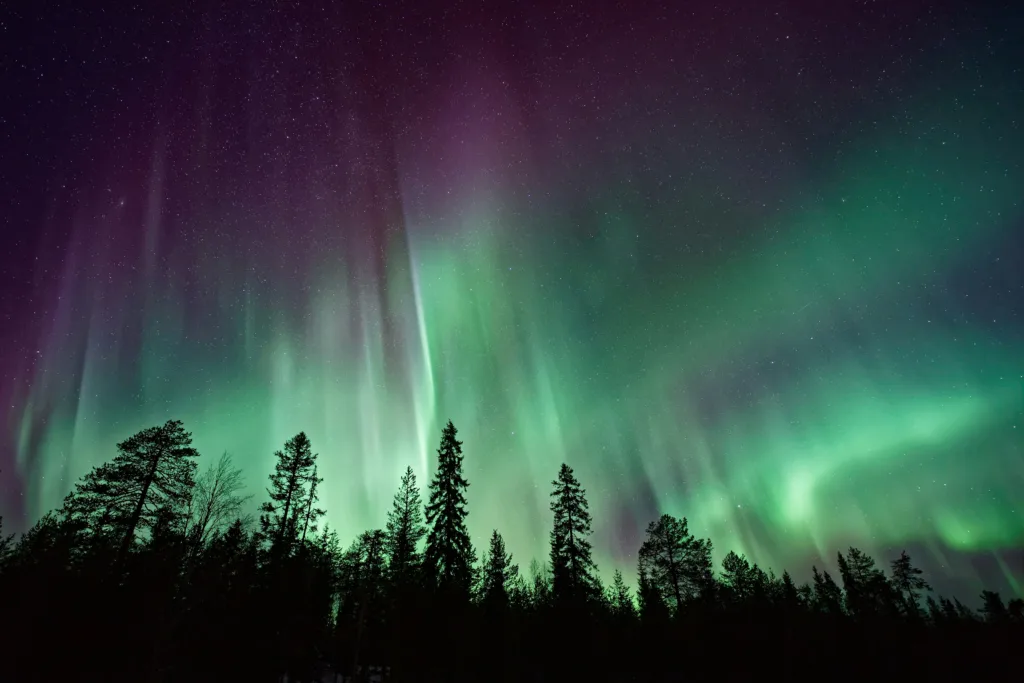
Photo from: Unsplash
The Science Behind the Phenomenon: The Northern Lights are a result of solar particles colliding with gases in the Earth‘s atmosphere. When charged particles from the sun, primarily electrons and protons, are caught in the Earth’s magnetic field, they are directed towards the polar regions. As these particles collide with atoms and molecules in the atmosphere, they emit light of varying colors, creating the stunning auroras.
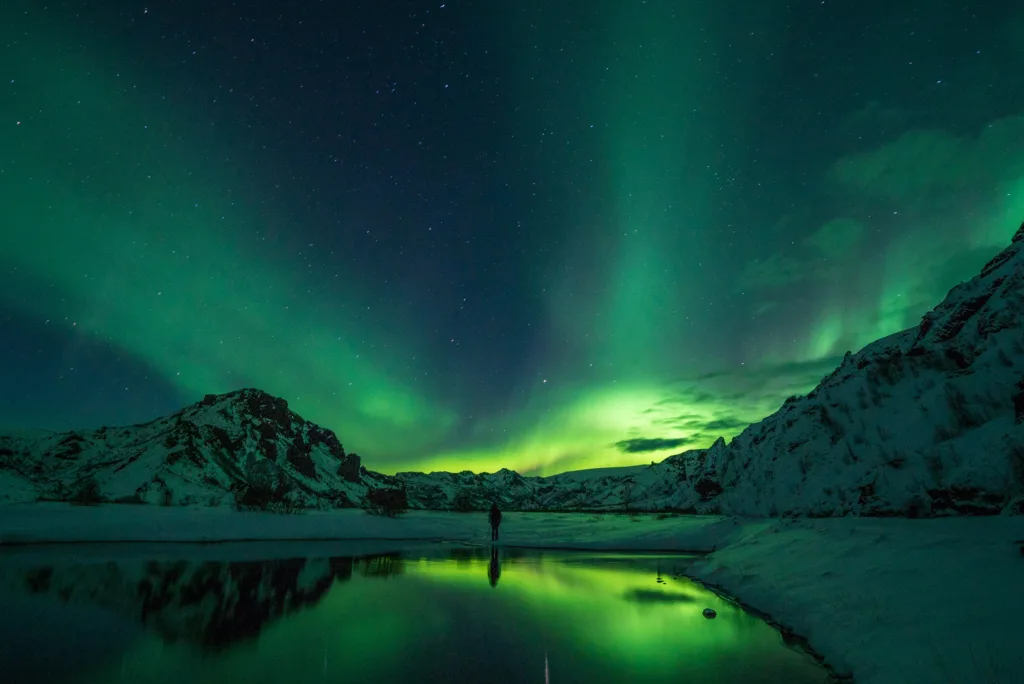
Photo from: Unsplash
Understanding the Colors: The colors of the Northern Lights depend on the type of gas particles involved in the collision. Oxygen atoms produce green and red lights, while nitrogen atoms can produce blue, purple, and pink hues. The altitude at which these collisions occur also influences the colors seen in the auroras.
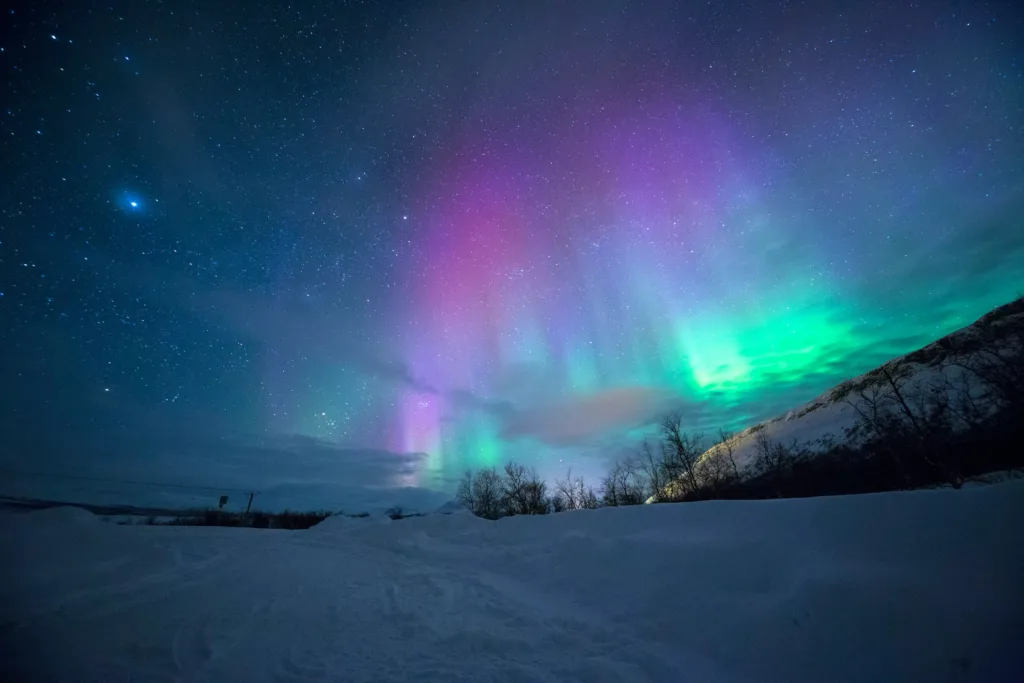
Photo from: Unsplash
Cultural Significance: For indigenous communities living in the Arctic regions, the Northern Lights hold deep cultural significance. Many indigenous cultures have legends and stories that explain the origin of the auroras and their connection to the spirits of the natural world. In some cultures, the lights are believed to be the souls of ancestors or spirits playing games in the sky.
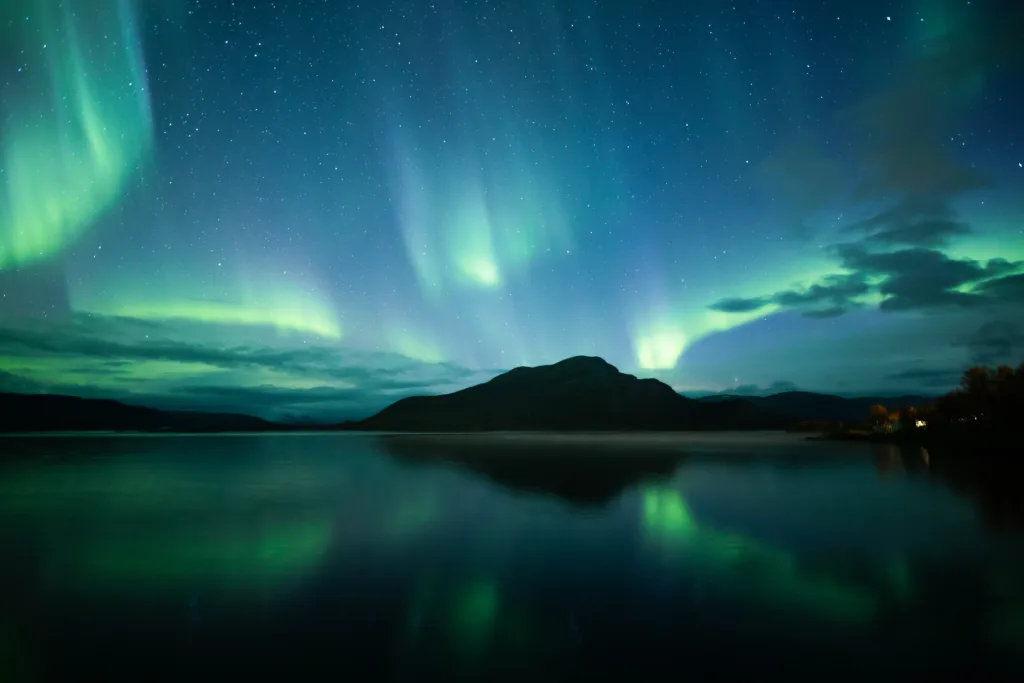
Photo from: Unsplash
Artistic Inspiration: The ethereal beauty of the Northern Lights has inspired artists, writers, and photographers around the world. Paintings, poems, and photographs capturing the luminous displays often convey a sense of wonder and awe. Artists attempt to capture the ephemeral nature of the auroras, as they constantly shift and evolve in the night sky.
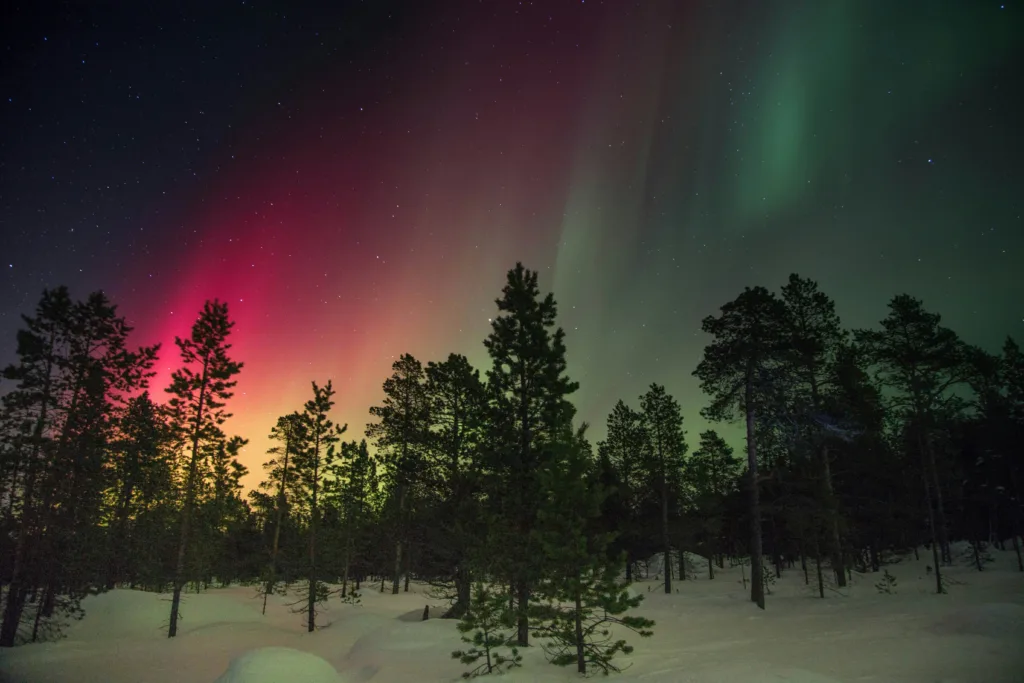
Photo from: Unsplash
Tourism and Aurora Chasing: The allure of witnessing the Northern Lights firsthand has led to a booming tourism industry in regions like Scandinavia, Canada, and Alaska. Travelers from around the globe flock to these destinations in hopes of experiencing the magical dance of the auroras. Tour operators offer specialized trips for aurora chasing, taking visitors to remote locations with optimal viewing conditions.

Photo from: Unsplash
Protecting the Night Sky: As interest in the Northern Lights grows, concerns have arisen about light pollution and its impact on the visibility of the auroras. Efforts are underway to preserve dark sky reserves and reduce artificial light in areas known for their aurora displays. Conservationists stress the importance of maintaining pristine night skies not only for the enjoyment of the Northern Lights but also for the health of ecosystems and wildlife.
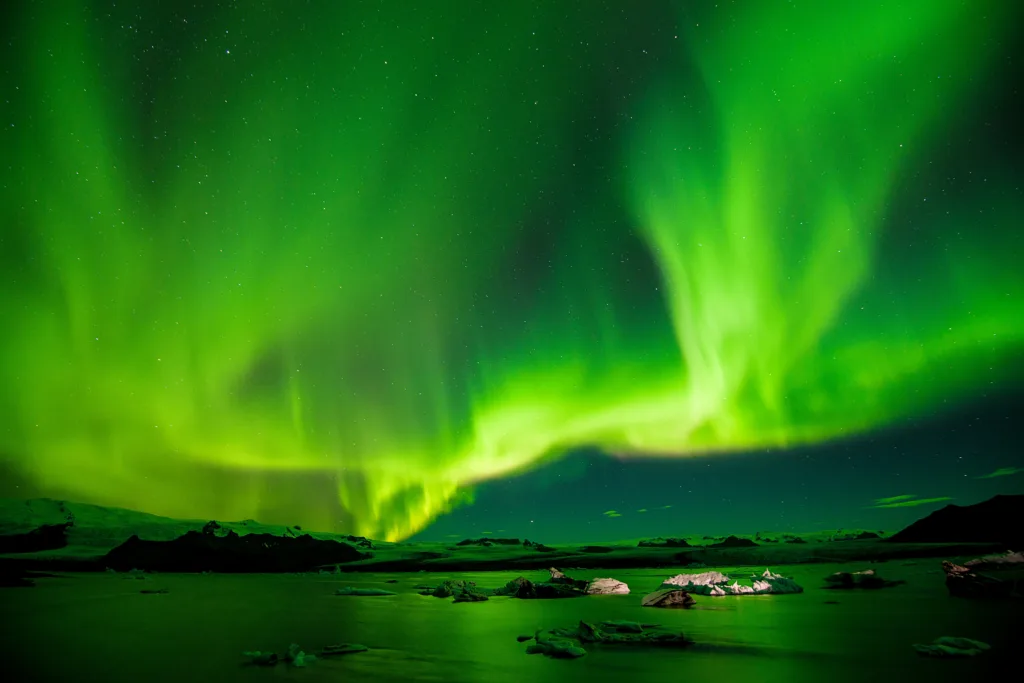
Photo from: Unsplash
Conclusion: The Northern Lights continue to mystify and enchant all who behold them. Whether viewed as a scientific phenomenon, a cultural treasure, or an artistic muse, the auroras remind us of the beauty and wonder of the natural world. As we strive to understand and protect these celestial displays, we deepen our connection to the Earth and the cosmos.



